My themed walks concentrate on my personal interests of French art and culture, artists and writers as well as British ideas of welfare and society.
CENTRAL
French Connections

These guided tours are about the French people who lived in London. Who they were, where and what did they do?
Soho French Connections : 1685 soon after the revocation of the Edict of Nantes, French Huguenots settled north part of what is now Seven Dials and around Bateman Street (parallel to Oxford Street and Shaftesbury Avenue and south of Soho Square).
The French revolution brought aristocrats who settled in Soho and Fitzrovia . Hugenot artisans moved to the area to be close to their clients – clockmakers, silversmiths, tailors etc.
St James French Connections : The Queen’s Chapel at St James Palace was originally a Catholic church. Its first worshipper was Henrietta Maria, who married Charles I in 1625. The marriage did not get off to a good start. Hear more about them on my tour.
In the heart of St James is King Street where Louis Napoleon, a nephew of Napoleon Bonaparte lived before returning to France to become its first President.
The headquarters of both Charles de Gaulle and the Free French Forces were both in the district during WWII.
Artists Quarters

They are really lovely parts of London in their own right and it is no wonder they attracted artist so that there was a real art community in both places.
Artists Hampstead : Hampstead has a long association with artists and this tour will take us through the picturesque streets of the old village to get a feel for the history of the area.
From the top of the town we walk to where young artists like Mark Gertler rented studios and apartments in the early C20th. We see where CW Nevinson and Stanley Spencer painted and learn about Hampstead’s Bauhaus connections in the lead-up to World War II.
Artists Chelsea : By 1870’s Chelsea had become an artist’ quarter where buildings contained several artist’s studios for rent, unlike the more expensive Kensington where wealthy artists had a whole house with their studio in it. Chelsea was reasonably affordable until the end of WWII.
A favourite meeting place was the Blue Cockatoo. Among the artists based here are Turner, William de Morgan, Whistler, John Singer Sergeant and Charles Rennie MacKintosh.
Photo Work by Ford Maddox Brown public domain
Scandalous Women
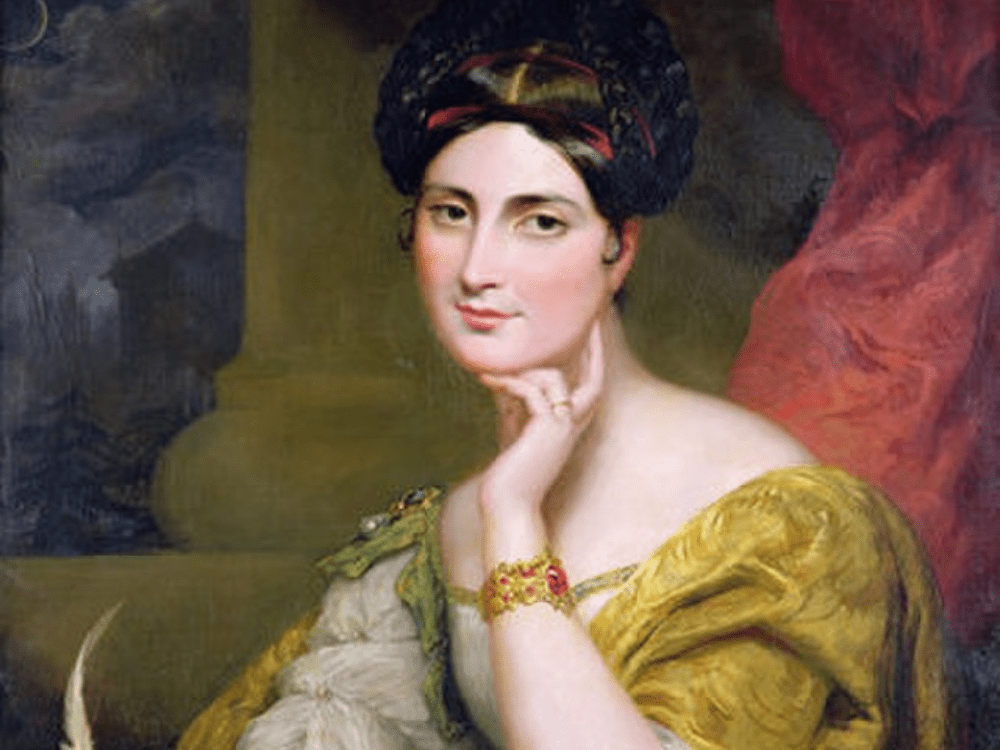
This is a walking tour of St James and Mayfair. The women who lived here were scandalous for different reasons.
There were brothels in St James because it was teeming with men,. Aristocrats, politicians and businessmen who came here to be near the royal court.
Some of the characters that the TV series, Harlots is based on kept bawdy houses in St James.
Mayfair has always been known as an area where courtesans lived in apartments paid for by their wealthy lovers.
Other women we meet on the tour are considered heroines today for their courage in standing up for their rights when polite society shunned them.
Women like Caroline Norton, the grand-daughter of Richard Brinsley Sheridan who left her brutish husband and discovered she had no right of access to her children or her money. She campaigned to change the law.
This is an enlightening and entertaining tour.
Photo cropped portrait by George Hayter of Caroline Norton public domain
Bohemian London
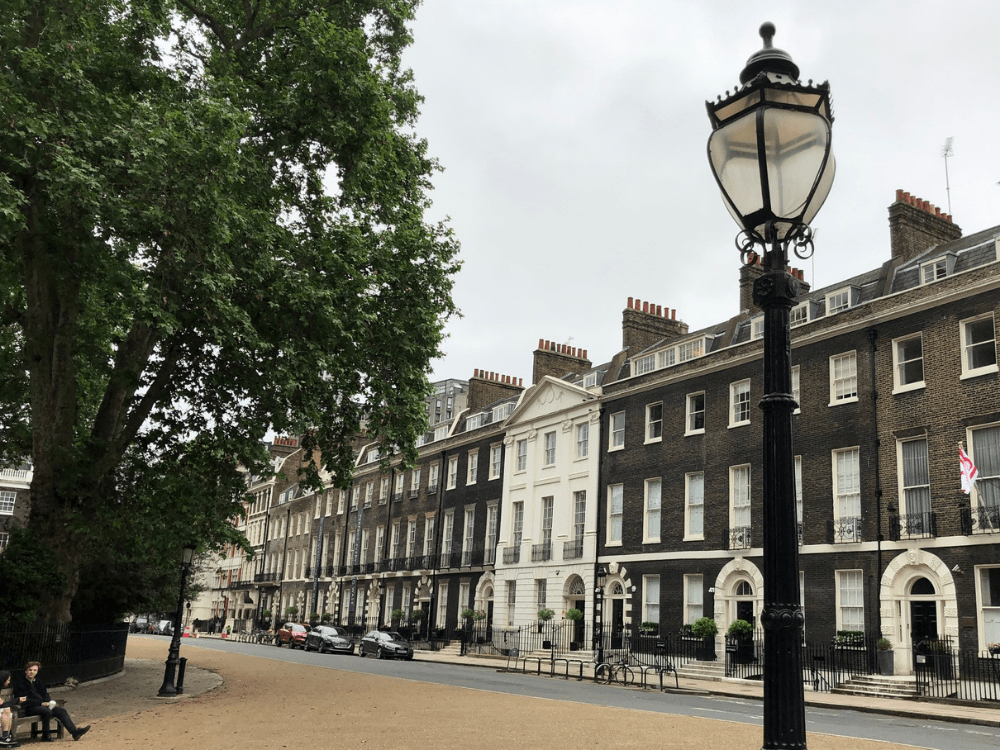
A walking tour through Bloomsbury and Fitzrovia. In the early C20th Bloomsbury was where well-heeled intellectuals such as Virginia Woolf, John Maynard-Keynes and TS Elliott lived (and loved). It was free from straight laced, respectable society.
A few years later the bohemians, including Dylan Thomas and George Orwell moved slightly west to Fitzrovia.
The area around Fitzroy Square had been the home of artists since C18th. Artists are still here but now work for advertising companies.
Roman London

This walk starts at the ruins of London’s roman wall near the Tower of London. It passes the new underground museum in the Bloomberg Building which opened in 2017.
We continue to Guildhall yard, the site of the Roman amphitheatre.
You will find out about life in the Roman city and the disastrous fire during the reign of Emperor Hadrian.
After the walk you can choose to visit the Guildhall Art Gallery.
Dickens London
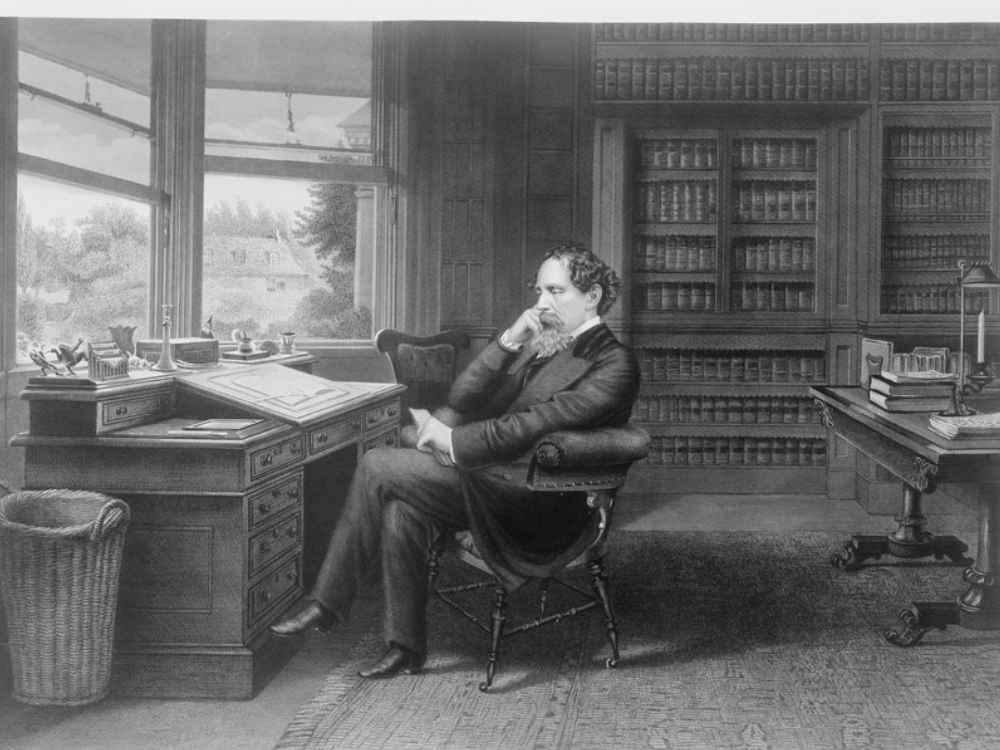
There are various routes you can use to follow in Dickens footsteps.
I like one that starts at Borough underground station and finishes in the City (crossing via London Bridge).
Dickens walked the length and breadth of London and wrote of what he saw.
This walk talks about his life. It visits places he knew well and discusses the context of many of the characters he invented.
Why the Brits love pubs
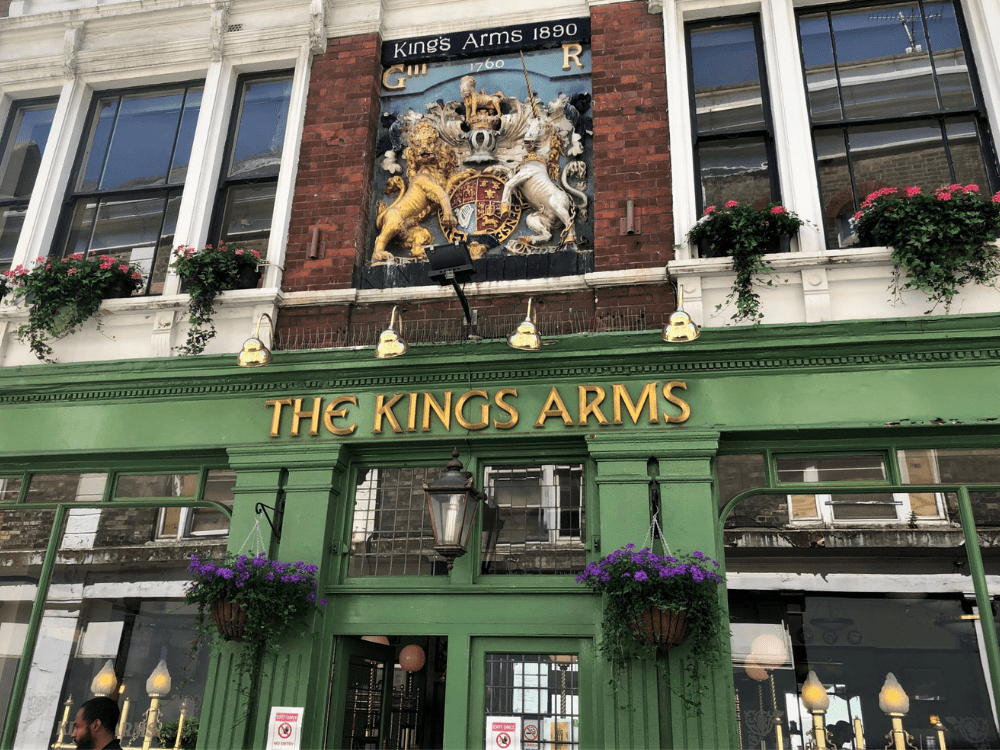
Meet at London Bridge underground station to find out how pubs developed, why they are so important to the British way of life. What makes a good pub? What actually is the definition of a pub? All will be revealed in this tour.
We will see inside different kinds of pub. Some stamped with the character of the landlord, working men’s bars and historic buildings.
Stopping for a drink is not part of the plan although it’s your tour so if you want to we can.
We finish in a secret gem of a wine bar where you might like to have lunch. (Not available Sundays)
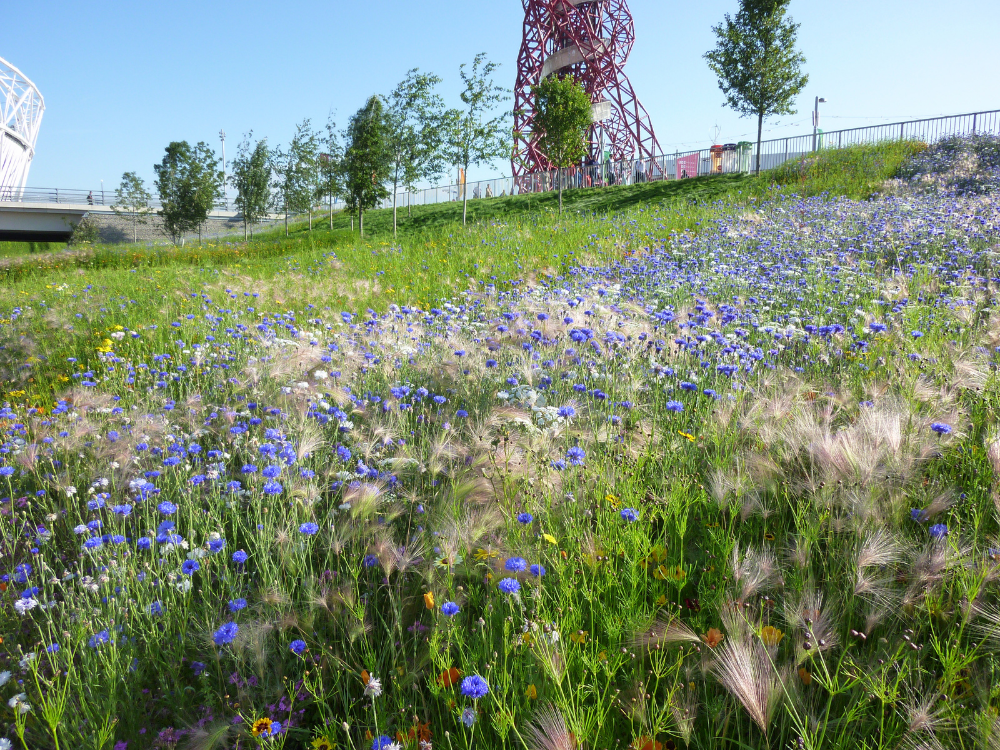
C19th Philanthropy
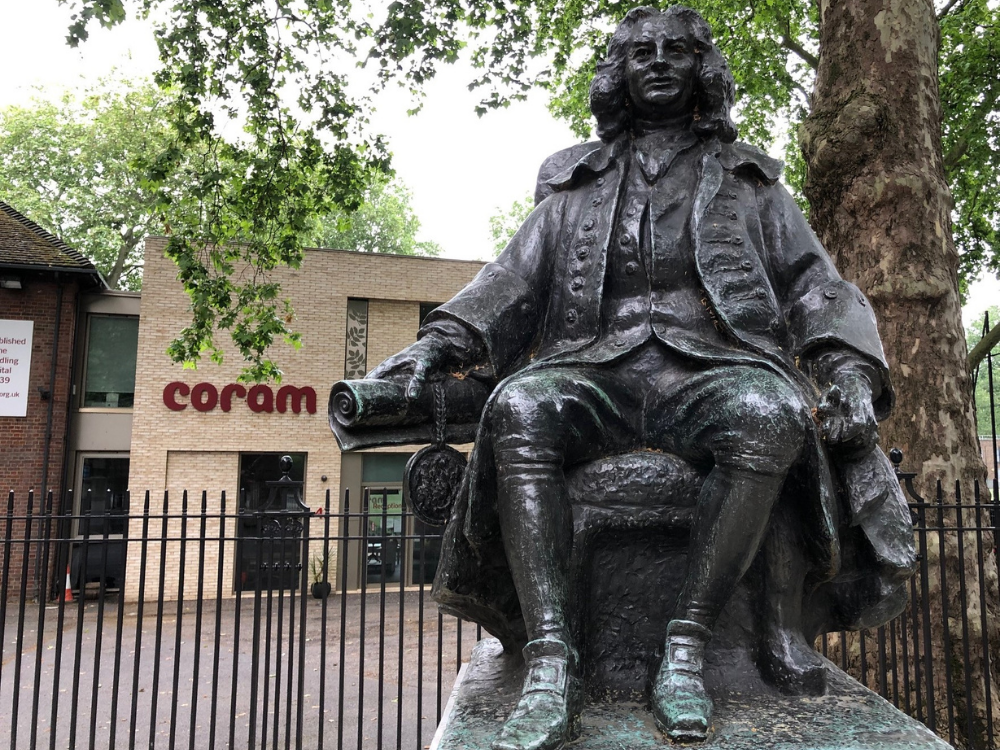
This visit starts at Holborn station. Holborn and Bloomsbury are where many public-spirited movements developed.
We head north toward Great Ormond Street, the first hospital in Britain for sick children and to Coram Fields where the country’s first orphanage was built in the C18th century.
It is possible to include a tour of the Foundling Museum (entrance fee payable) which shows how the orphanage was run. It was a hard place to live – bring your hanky.
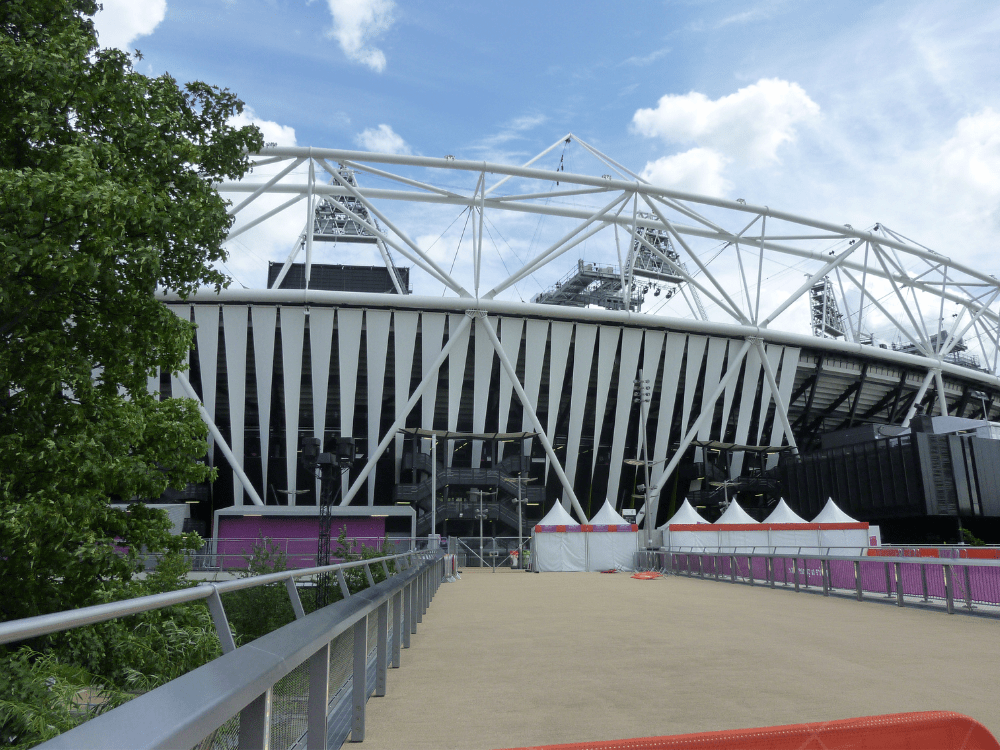
EAST
2012 Olympic Legacy

What had been a dirty industrial area became the site one of the most successful Olympic Games ever.
A key element in plans for the games was that they should be “green”. Visitors arrived on public transport. Eco-friendly electricity powered the athlete’s village and all the venues.
The venues and spaces are London’s Olympic legacy and they are being enjoyed by local people.
2024 is the year of the Paris Games. See what London 2012 did for this area and what the “JO” can achieve.
This is an uplifting story which will warm your heart.
Take a walking tour or a cycling tour across the park. Afterwards you could stay a while, go swimming in the iconic Aquatics Centre, go up the ArcelorMittal Orbit, visit Europe’s largest shopping centre or just relax.
To book or ask a question